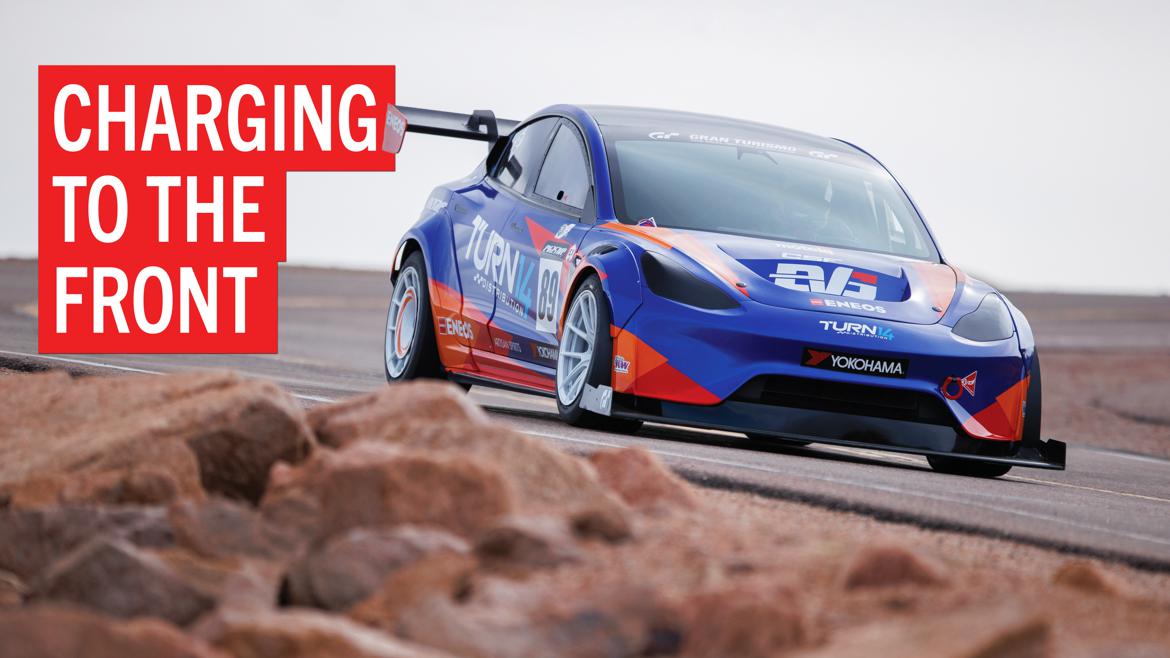The McPherson-wishbone conversion bracket is finally complete! I also added sway bar link mounts, keeping the stock Toyota sway bar and hardware.



Probably the single most important part on this entire car, so I took my time. Lots of measuring, fitment, weld prep, beveling, and really careful welding. This car will have a heavy rear weight bias, so lots of load going through these guys.
Another major step was taken - the rear toe links. Caution: technical babble ahead. This part is also really important because it keeps the rear wheels from steering, something I'd like to avoid. The angle, length, and position of the toe link all have an influence on dynamic toe. I don't want dynamic toe. At worst I would like a bit of toe-in on compression, which should cause the car to understeer rather than oversteer, a safe bet for a rear-engine rear-heavy car. The toe link is behind the spindle center line, but also really close to the lower control arm. By making it slightly longer than the LCA, it should toe-in just a tiny bit. I also angled it upward to somewhat negate the extra length (causes the link to "shorten" faster). To be honest, the exact position and length of the toe link were massive compromises forced by the hardware available. That hardware being the Toyota Avalon's original rear control arms, including an adjustable toe link, all of which I saved from the donor car. Isn't that convenient? It's also cheap.
So here's a pile of Toyota Avalon suspension bits I saved from the scrapper.

The adjustable link has a double-threaded turn-buckle type of nut. One side is reverse thread. You turn the sleeve and it extends or retracts the toe link from both sides. There are a lot of ways to make a control arm adjustable, but this way is free for my budget and should be easy to work on.

The chassis end of the toe link has a very high-quality greased bushing. It's more like a heim joint / rod end. The inner sleeve pivots quite a bit. I had to shorten everything to match the LCA length as close as possible. This end is solid rod so I did an overlap joint with plenty of beveling. I'm actually only using the reverse-thread end of the nut. I cut the inner tie rods off the steering rack and welded them into the normal-thread end of the sleeve nut. I could only do 1/2" of weld at a time before quenching, to keep the bushing from burning. I did it this way because the outer tie rod uses obscure yet beefy M15 threads, which you can't even buy on McMaster. So when you turn the sleeve nut, it also turns the M15 rod into the original outer tie rod. Geez explaining this car is difficult. Conveniently, the shackle end of this arm fits perfectly over the bushing with the same bolt hole size, so that saves me a bracket.

I just tacked the shackle in where the steering rack went for now. Sort of a "floating" toe link mounting bracket. This should be the only mod I do to the Toyota subframe.


Here's 0, 2, and 4 inches of compression. I could not discern any toe change to my naked eye. I also tried measuring the tire distance to the tube frame, but can't do it accurately enough. I would like to find a way to measure toe versus height, maybe something with lasers and poster board? I feel good about it for now.

2" up

All the way up. The built-in bumpstops in the coilovers should stop it well before 5", when many bad things begin to happen, like knuckle-to-rocker contact, upper ball joint range, sway bar hitting the tube frame...

This also means the rear frame can roll around the garage with the floor jack under the front part of the subframe. It might be time to merge with the Lotus frame...











































